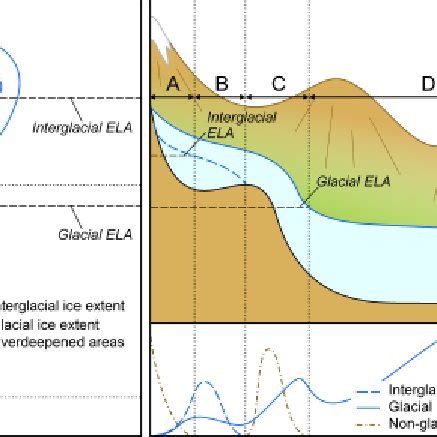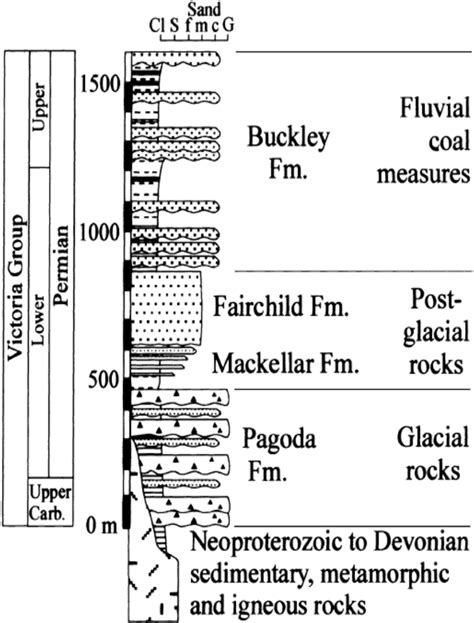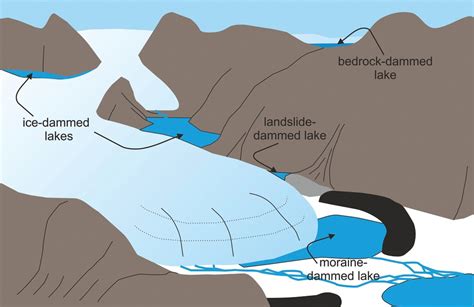proglacial chanel | proglacial outwash sediments proglacial chanel The harsh condition of glacial streams is not only because glacial streams are often located at high altitude and latitude, but also the consistent contribution of melting snow. Thus, low . See more
LETA, DELFI. Foto: AP/Scanpix/LETA. Armēnijas premjerministrs Nikols Pašinjans ceturtdien paziņojis, ka Azerbaidžāna plānojot "pilna mēroga karu" pret Armēniju. Spriedze abu valstu attiecībās nav rimusi kopš Azerbaidžāna pagājušā gada septembrī zibenīgas militāras operācijas rezultātā atguva kontroli pār Kalnu Karabahu .
0 · proglacial outwash sediments
1 · modern proglacial sediments
2 · modern proglacial deposits
This is an authentic pair of LOUIS VUITTON Calfskin Mens Derby LV Harness Shoes size 9 in Black. These stylish shoes are crafted of lambskin leather in black. They feature black laces and rubber grip soles. 750285
A glacier stream is a channelized area that is formed by a glacier in which liquid water accumulates and flows. Glacial streams are also commonly referred to as "glacier stream" or/and "glacial meltwater stream". The movement of the water is influenced and directed by gravity and the melting of ice. The . See more
Glaciers erode and deposit sediment by advancing and retreating. Erosion occurs by abrasion and plucking. These processes are . See more
proglacial outwash sediments
modern proglacial sediments
Glacial stream discharge fluctuates throughout the year depending on snowmelt, glacier ablation, channel boundary melt, and precipitation. Measurements of discharge increase during spring and are highest in the summer, during . See moreClimate ChangeClimate change induced glacial recession may reduce the effect of the seasonal stream flow, as well as impact the stream's sources of water. It is . See moreGlacial streams are found globally in regions of glacier presence, often located in high latitudes or alpine environments. Remote sensing and other GIS systems are often used to . See moreThe harsh condition of glacial streams is not only because glacial streams are often located at high altitude and latitude, but also the consistent contribution of melting snow. Thus, low . See more
Conceptual model of sediment transfer through a proglacial system, highlighting . General models of landforms and sediment assemblages that characterize . Meltwater channels encompass a wide variety of erosional channel features .A glacial stream is a channelized area that is formed by a glacier in which liquid water accumulates and flows. Learn about the different types of glacial streams, such as englacial, subglacial, and proglacial, and how they are influenced by glacier melting and erosion.
Conceptual model of sediment transfer through a proglacial system, highlighting the role of sediment connectivity between hillslopes, channels and the glacier (lateral connectivity), and along the channel network (longitudinal connectivity). General models of landforms and sediment assemblages that characterize proglacial terrestrial environments are now relatively well-established, particularly with respect to changes in outwash morphology, channel pattern characteristics, and facies variations in proximal and distal zones. Meltwater channels encompass a wide variety of erosional channel features formed by flowing water sourced from melting glacier ice. They form either beneath the ice (subglacial), along the margins of the ice (ice marginal), or immediately in front of the ice (proglacial).
Learn about different kinds of meltwater channels, erosional features cut by flowing water beneath or close to ice-sheet margins. See examples of subglacial, ice-marginal, lateral and proglacial meltwater channels, and how they can reveal past glacial history.Proglacial lakes are formed as melt water from a glacier pools. Depending on the type of dam that holds the melt water, proglacial lakes can either be stable long after the glacier melts, or can fail catastrophically to produce jokulhaups, outburst floods .widely used models of river channel pattern against the changes observed at Skaftafellsjökull. Doing this reveals the role of topographic forcing in determining proglacial channel pattern, whilst examining the predictive power and limitations of the various approaches to .
Proglacial lakes are masses of water impounded at the edge of a glacier or at the margin of an ice sheet. This article reviews the character and behaviour of proglacial lakes, their impacts on glacier dynamics, meltwater and sediment fluxes, and their role in palaeoenvironmental reconstruction.This paper examines the nature, direction and magnitude of change in channel pattern and form in a series of proglacial drainage systems that have experienced deglaciation of glacial fluctuation over a variety of time‐scales.Types include: subglacial meltwater channel; lateral meltwater channel; proglacial channel; tunnel valley; or as unspecified meltwater channel. Many of the channels have been systematically categorized into these types according to the criteria of Greenwood et al .A glacial stream is a channelized area that is formed by a glacier in which liquid water accumulates and flows. Learn about the different types of glacial streams, such as englacial, subglacial, and proglacial, and how they are influenced by glacier melting and erosion.
modern proglacial deposits
Conceptual model of sediment transfer through a proglacial system, highlighting the role of sediment connectivity between hillslopes, channels and the glacier (lateral connectivity), and along the channel network (longitudinal connectivity). General models of landforms and sediment assemblages that characterize proglacial terrestrial environments are now relatively well-established, particularly with respect to changes in outwash morphology, channel pattern characteristics, and facies variations in proximal and distal zones. Meltwater channels encompass a wide variety of erosional channel features formed by flowing water sourced from melting glacier ice. They form either beneath the ice (subglacial), along the margins of the ice (ice marginal), or immediately in front of the ice (proglacial). Learn about different kinds of meltwater channels, erosional features cut by flowing water beneath or close to ice-sheet margins. See examples of subglacial, ice-marginal, lateral and proglacial meltwater channels, and how they can reveal past glacial history.
Proglacial lakes are formed as melt water from a glacier pools. Depending on the type of dam that holds the melt water, proglacial lakes can either be stable long after the glacier melts, or can fail catastrophically to produce jokulhaups, outburst floods .widely used models of river channel pattern against the changes observed at Skaftafellsjökull. Doing this reveals the role of topographic forcing in determining proglacial channel pattern, whilst examining the predictive power and limitations of the various approaches to .
Proglacial lakes are masses of water impounded at the edge of a glacier or at the margin of an ice sheet. This article reviews the character and behaviour of proglacial lakes, their impacts on glacier dynamics, meltwater and sediment fluxes, and their role in palaeoenvironmental reconstruction.
This paper examines the nature, direction and magnitude of change in channel pattern and form in a series of proglacial drainage systems that have experienced deglaciation of glacial fluctuation over a variety of time‐scales.



Laiks ir nauda, tāpēc "Delfi Bizness" piedāvā kopsavilkumu par aktualitātēm biznesā un ekonomikā Latvijā un pasaulē piektdien, 2. jūnijā.Latvijas Investīciju un attīstības aģentūra (LIAA) izveidojusi Latvijas valsts tēla stratēģiju "missionLatvia"; turpmākajos trīs gados tā palīdzēs kāpināt piesaistīto investīciju apjomu līdz 2,45 miljardiem eiro; "Latvenergo .
proglacial chanel|proglacial outwash sediments



























